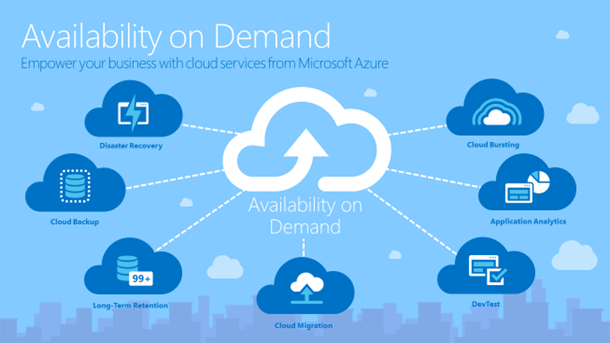Fuse is a Microsoft Partner, based in Northampton. We help organisations of all sizes to maximise IT efficiencies through the use of Microsoft cloud computing solutions.
Think Ahead with Azure
Businesses can't ask where they want to be in 5 years without considering where they want their tech to be as well. The way we handle our IT solutions has a direct impact on how we handle business, growth, and disaster.
How do we build solutions now that will work later? By building solutions that can evolve over time! The need to build forward-thinking solutions with existing hardware is why understanding Azure is key to your next step.
In our last post, we talked about "Why Azure?", discussing why Azure is our cloud solution of choice and the merits of its security, support and cost. This post, we're getting a little more technical and talking about IaaS and PaaS, the two basic services Azure offers users.
Azure is Microsoft's cloud platform. Users can buy service for storage, hosting, or running application on-demand from its global network of datacenters houses servers, storage, and software. It supports the largest number of operating systems, devices, databases languages, and tools. Azure's primary options are IaaS (Infrastructure as a Service) and PaaS (Platform as a Service)
| IaaS: What you get | Why it matters | How to use it |
|
|
|
| PaaS: What you get | Why it matters | How to use it |
|
|
|
Making Moves

Depending on your business, one of the above may be more appealing than the other. Learning about both should help you see how your current solutions can benefit from Azure's features.
Even for those of us with infrastructure in place, there are excellent options to leverage our on-site assets, benefit from off-site infrastructure and still be thinking five years ahead.
Learn more about Azure as you think ahead! We recommend reading about Microsoft Azure Solutions and Office 365 for more info!
You can also contact us with questions or to discuss an azure-readiness assessment!










